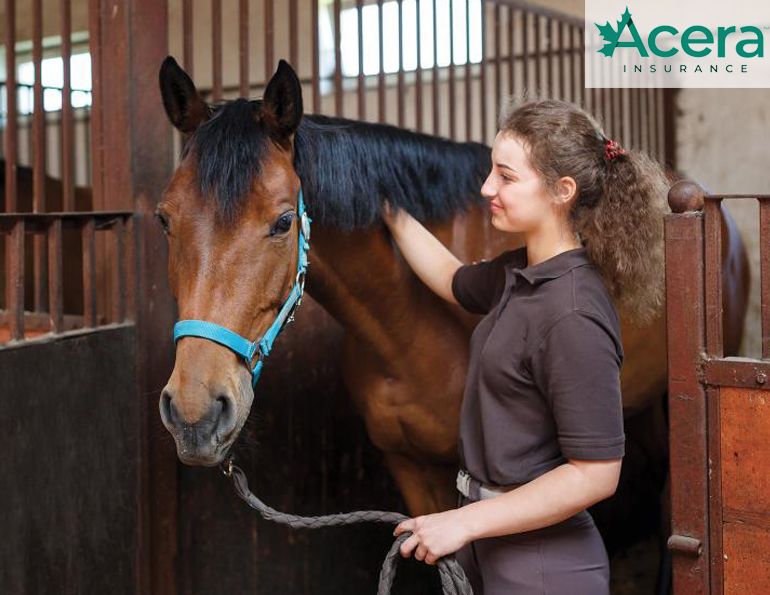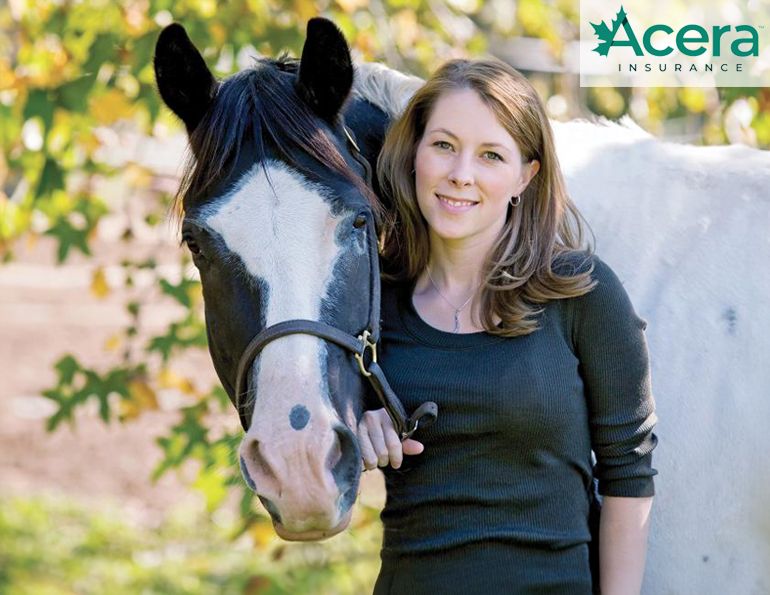Sponsored
Source: Acera Insurance
Horses are masters at becoming injured, which is why many owners choose to purchase insurance. But working through an insurance claim while already dealing with an injured horse — or worse — can be highly stressful. Mike King has provided some tips on making an insurance claim. He’s a partner at Acera Insurance and the national lead for equine insurance and risk management programs, so he oversees claims across the country.
“In addition to administering insurance policies, our job as brokers is to help horse owners navigate the claims process, advocate for them, make sure the insurance company is fulfilling their obligations as detailed in the policy, and help clients understand their coverage so their expectations are met,” says King.
He advised that understanding your insurance policy — what it covers and what it doesn’t — is imperative.
“We do our best to try and help horse owners understand the insurance they’re buying, when they buy it,” King says. “But when claims happen, people are stressed. So when they reach out to us, our job is to help them navigate the process.”
Every policy is different so don’t make assumptions. Call your broker any time and ask about different scenarios. When purchasing or renewing an insurance policy, be honest about a horse’s current value (insurers will not cover “potential”) and any pre-existing conditions the horse may have. This will help ensure that the needs and expectations of the insurance coverage match the coverage purchased. Plus, it could save you money on the cost of a policy.
For example, mortality insurance covers a horse’s death from specific causes. Therefore, mortality claims require confirmation of cause of death from a veterinarian. A postmortem examination may be required, too. After a horse passes away, the owner will be asked to provide reasonable proof of the fair market value of the horse on the day the horse died. That proof could include a show record or a letter from a trainer or arms-length professional. If the valuation turns out to be less than the limit of insurance shown on the policy, the insurer may offer a smaller amount in settlement.
But regardless of the type of loss, King says the following seven steps will help insurance claims go more smoothly:
7 Steps to Making a Claim
- Call your veterinarian first when a horse is injured (or worse). “Medical attention is the priority,” says King, noting that decisions about the health or welfare of horses should be based on what’s best for the horse, not what an insurance policy may or may not cover.
- Call your insurance broker once veterinary care is underway. “Let your insurer know what’s going on as soon as practicable so they’re aware of a potential claim,” says King. Brokers usually offer 24-hour claims service plus every policy has a timeframe within which you need to notify the company of a potential claim, so don’t wait.
- If the horse has died or been euthanized and you plan to make a claim, do not remove the carcass until the insurer has been notified and given their approval.
- Stay in touch with your broker throughout the whole process. Ask them about your coverage, deductibles, paperwork, next steps, etcetera. Advise your broker of developments and decisions you are considering.
- Fill out forms provided by the broker or claims adjuster as soon as possible. This will probably include paperwork for your veterinarian to complete so ensure that paperwork is sent to the right people.
- Pay your bills and keep all receipts. Insurance settlements are reimbursements, not up-front payments so you will need to submit receipts to prove your claim. Deductibles may apply.
- It’s up to the horse owner (claimant) to provide proof for the claim. Proof requested by the insurer may include a bill of sale for the original purchase of the horse, a show record, an appraisal of the horse’s value on the date of loss by a third party, medical records, and other veterinary reports.
Finally, King says that once all the necessary paperwork has been submitted, most insurance claims are resolved very quickly. Timely reporting, up-to-date paperwork, and regular communication with your insurance broker will ensure quick repayment for unexpected costs plus help ease worries during an already stressful time.
Photo: Shutterstock/Rita Kochmarjova





























